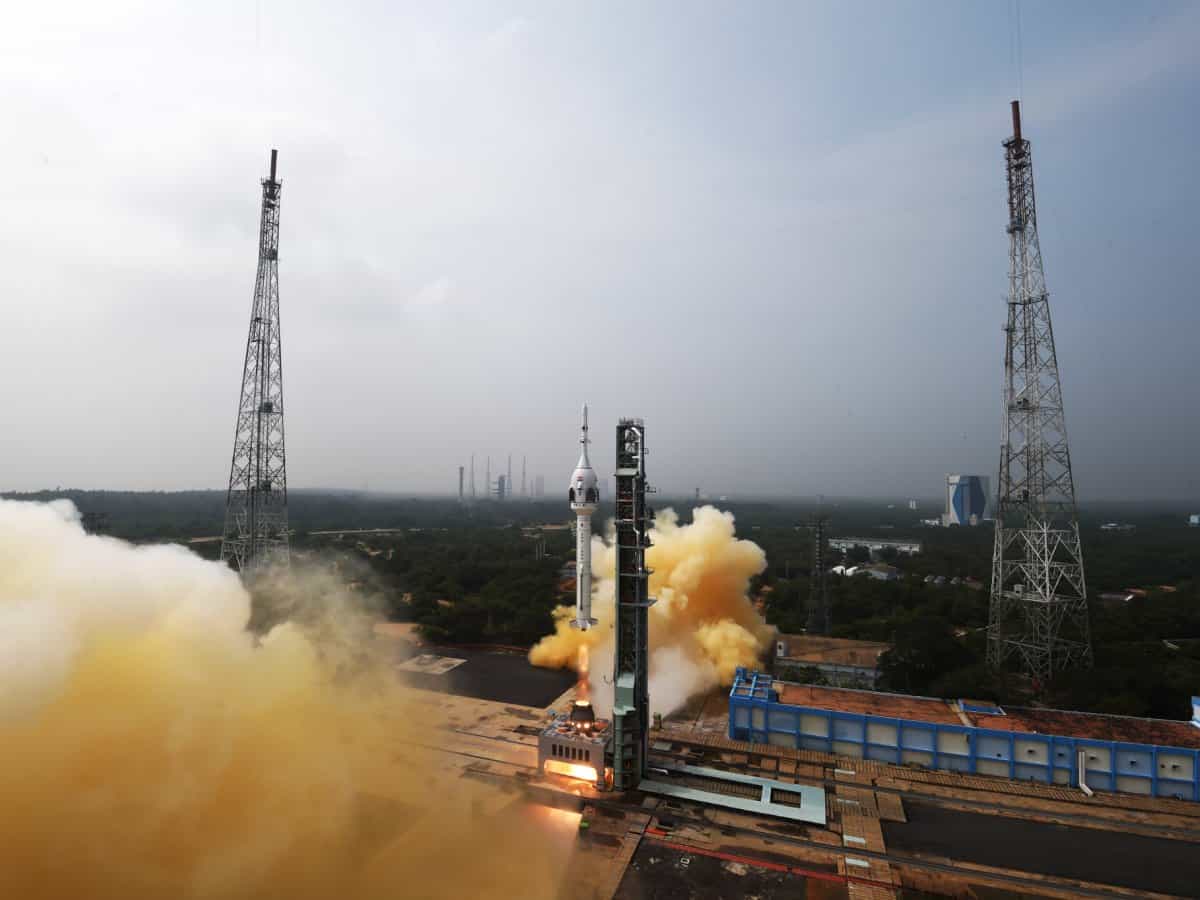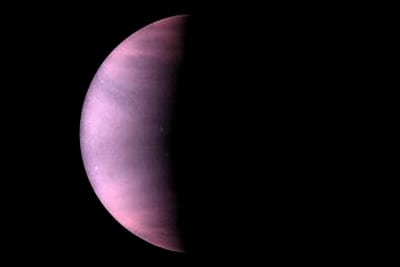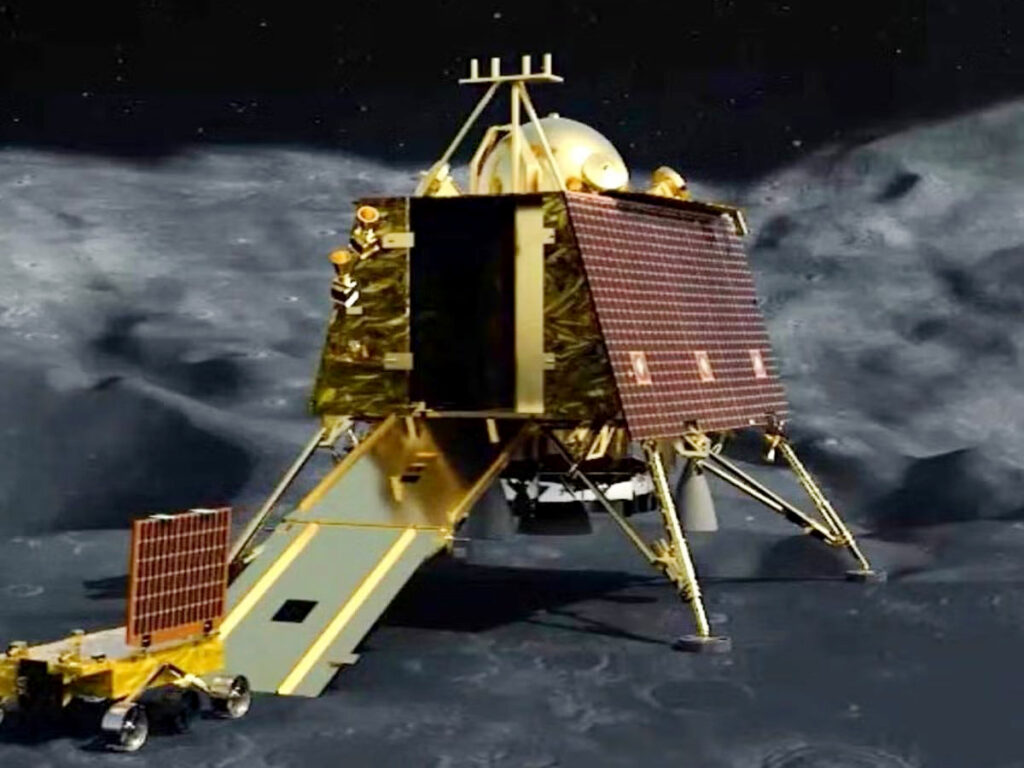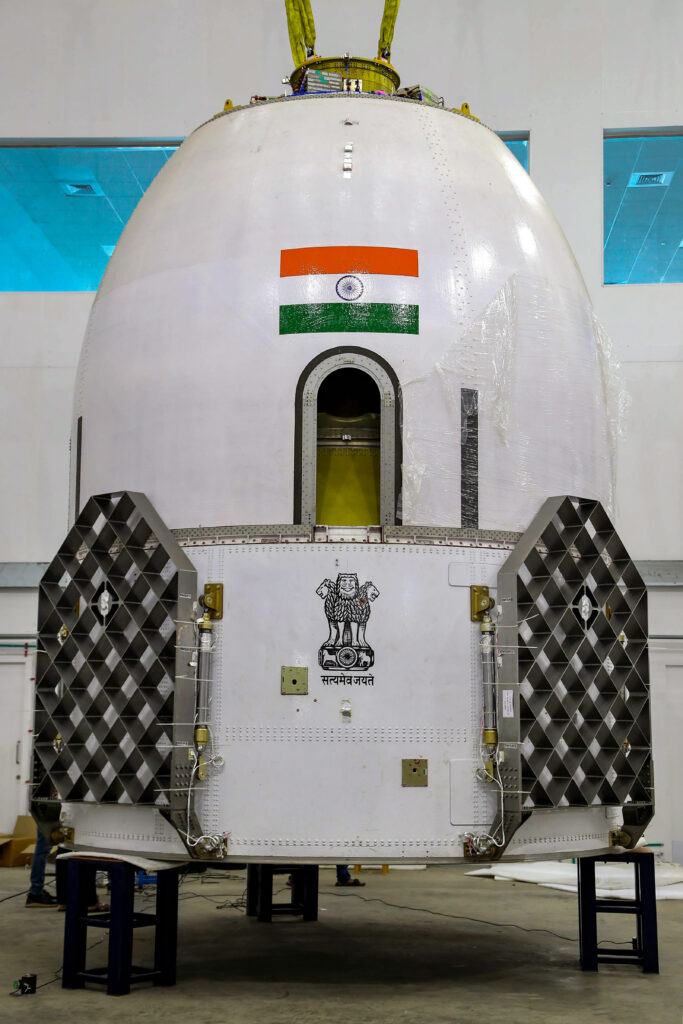
India cemented its position as one of the leaders in the space exploration when it successfully landed Chandrayaan-3 on August 23. India became the fourth country to achieve successful landing on the moon and the first to set foot on the moon’s south pole.
Entering its glorious second space age, India has no plan to pause. Soon after the success of Chandrayaan-3, the Indian Space Research Organisation (ISRO) moved its focus towards the Sun as it launched the solar mission Aditya-L1, scheduled to reach its destination mid-January, next year.
ISRO offices have been busy working on space missions lined up for the upcoming years, Gaganyaan, the human spaceflight mission is at the forefront. Speaking to reporters, ISRO chief S Somnath recently said, “We have plans to go to Mars, Venus, and again sometime to the Moon. We have programmes underway that are looking at the climate and weather of Earth.”
As per a statement published by the Indian government on October 17, Prime Minister Modi directed ISRO to set up a Bharatiya Antariksha Station (Indian Space Station) by 2035.” ISRO is also planning to send ‘humans to moon’ by 2040, which is one of India’s most ambitions space projects yet.
Gaganyaan – humans in space
After successfully landing a spacecraft on the lunar south pole and launching Aditya L1 towards the Sun, India is gearing up to send humans into space.
The ambitious Gaganyaan project is ISRO’s first-ever human spaceflight mission envisaged with launching a crew of 3 astronauts into lower Earth orbit. The project was first announced by the Centre on Independence Day 2018, and a budget of Rs 10,000 crore was allotted to the project.
As per ISRO, the Gaganyaan missions will employ the LVM3 rocket to launch the Orbital Module at a 400 km orbit. The Orbital Module shall consist of the Crew Module (CM) and the Service Module (SM). The CM which will house the 3-man crew is a double-walled metallic cylinder, with pressurised inner structure, unpressurised external structure and a thermal protection system. Equipped with crew interfaces, avionics, deceleration and life support systems, the CM will serve as a habitat for the crew.
An astronaut training facility has also been established in Bangalore to prepare humans for spaceflight.
Today, on October 21, as part of the Gaganyaan project, ISRO conducted Flight Test Vehicle Abort Mission-1 (TV-D1), the first of a series of unmanned tests planned. The vehicle was be launched from Sriharikota, Andhra Pradesh.
The TV-D1 aims to test the flight demonstration and evaluation of the Test Vehicle subsystems and the Crew Escape System, as well as the CM characteristics and deceleration systems at higher altitude.
After TV-D1, ISRO plans to conduct three more unmanned test vehicle missions, to ensure vehicle readiness. Apart from test vehicle flights, ISRO also plans to conduct Integrated Air Drop Test (IADT) and Pad Abort Test (PAT) before carrying out human spaceflight.
Interplanetary missions
After ISRO’s successful expedition to Mars in 2014, India is ready to return to red planet in the near future. Not only Mars, ISRO has plans to launch a maiden Venus Orbiter Mission to visit Earth’s sister.
Mangalyaan-2
In 2014, India became the first nation to reach Mars on its first attempt, when Mangalyaan successfully entered the Martian orbit, as part of the country’s Mars Orbiter Mission (MOM). Following the incredible triumph of MOM, in the 2017 budget, the Indian government allocated funds for a second Mars Orbiter Mission.

Now, nine years later, ISRO is gearing up to pay the Martian orbits a second visit with Mangalyaan-2.
While ISRO is yet to officially announce details of the mission, a report was published by the Hindustan Times pertaining to the Mars expedition. According to the report, Mangalyaan-2 will carry four payloads, that will conduct various tests on the red planet.
The Mars Orbit Dust Experiment (MODEX) Payload aims to study the solar flux on mars – its origin, abundance and distribution, at high altitudes. The Radio Occultation (RO) will be tasked with measuring neutral and electron density profiles, to help understand the atmospheric characteristics of Mars.
The Energetic Ion Spectrometer (EIS) aims to further improve our comprehension of the planet’s atmospheric erosion by studying solar energy and supra-thermal wind particles around the orbiters’ altitude. The Langmuir Probe and Electric Field Experiment (LPEX)will study the Martian plasma by measuring the electron density, electron temperature and electric field waves.
While initially it was understood that Mangalyaan-2 will be an orbiter mission, there is a possibility that the mission could expand its objectives to include a lander module: considering that at a high-level meeting with ISRO earlier this week, the Indian Prime Minister directed the space organisation to work towards delivering a Mars Lander Mission.
Official details of the mission and its objectives are yet to be announced by ISRO.
Shukrayaan-1
India, after its unmatched success in the lunar and Martian expeditions, is set to break new ground, as it plans to sent an orbiter to Earth’s sister, Venus.

A Venus expedition was first discussed by ISRO in 2012, at the 17th National Science Space Symposium in Tirupati. Ultimately, in the same 2017 budget that greenlit a revisit to Mars, the government of India also allocated funds for a maiden Venus Orbiter Mission.
While the mission objectives have not yet been officially laid out by ISRO, based on preliminary reports, Shukrayaan could potentially be equipped with five instruments. As per ISRO, Shukrayaan could be launched on either GSLV Mk II or LVM3. The latter carried Chandrayaan-3 into space from the Satish Dhawan Space Centre at Sriharikota, early this year.
Venus is often called Earth’s twin owing to their similarities in size, mass and composition. But the two could not be more different. Venus has extremely hot surface temperatures, around 465 °C (867 °F). Its atmosphere is made up mostly of carbon dioxide and is immensely dense, mirroring the pressure found 900 km underwater on Earth. Although, the upper atmospheric pressure is close to that at the Earth’s surface.
Sulphuric acid clouds circle around the planet, making it extremely difficult to penetrate to the planet’s surface using optics. Hence, ISRO plans to have a high-resolution Synthetic Aperture Radar (SAR), as well as a ground-penetrating radar aboard the Shukrayaan in attempts to study the planetary surface.
The Shukrayaan mission will help study the evolution of terrestrial planets. Venus, with its high carbon dioxide levels experiences almost a greenhouse effect, with extreme temperatures. This mission could provide insight into the reason for its occurrence and help aid climate studies on Earth.
In 2022, ISRO chief Somnath had stated that the Venus Orbital Mission was scheduled for launch in December 2024. However an alternate window for 2031 was also proposed. An official timeline for the mission is still awaited.
Back to the moon
Chandrayaan-4 or Lunar Space Exploration Mission (LUPEX) would see India return to the south pole of the moon, but this time, in collaboration with Japan.

LUPEX is the join lunar mission of ISRO and Japan Aerospace Exploration Agency (JAXA), to explore the lunar south pole for water. JAXA will be providing the launch vehicle for the mission and ISRO will provide the lander module.
The spacecraft will carry onboard several instruments – radar, spectrometers and water analysers – to conduct experiments on the lunar surface. It is believed that the Chandrayaan-4 will have heating mechanisms to help it endure lunar nights, something that its predecessor did not.
Apart from and unmanned lunar exploration, India also plans to send astronauts to the moon by 2040 and is actively working towards it.
Bharatiya Antariksha Station
Back in 2019, the then ISRO chief K Sivan had laid out plans for an Indian space station, planned to be set up by 2030.
The space unit, Sivan said, would be fixed at a 400km orbit above the Earth, weighing up to 20 tons. It would be launched 5-7 years after the Gaganyaan missions and would host astronauts for fifteen to twenty days.

The Prime Minister’s statement early this week, directing ISRO to establish a Bharatiya Antariksha Station, has reignited the demand for this space facility.
Although the space facility was due to be established by 2030, delays due to the COVID-19 pandemic pushed it to 2035.
ISRO chief S Somnath, during an interview with China Global Television Network (CGTN) recently said that space station project will span over the next 20 to 25 years. “Our Gaganyaan programme is towards a human space flight capability to space and once that happens, we will be able to look at space station building in subsequent modules,” the ISRO chief said.
Gaganyaan is ISRO’s priority at the moment. After its successful execution, ISRO will turn its undivided attention to all other space expeditions lined up.
